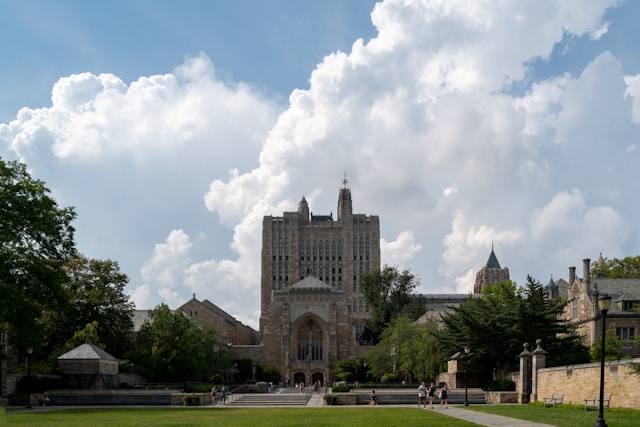Connecticut’s on the brink of a pretty big shift in how electric bicycles—yeah, e-bikes—get regulated. Starting October 1, 2025, a new statewide law will finally spell out what counts as an e-bike and lay down rules for where each type can go.
There’ll be labeling rules for sellers and age limits for young riders. The whole thing’s aimed at making things safer, less confusing, and more consistent, whether you’re in Stamford or Hartford.
Explore top-rated stays with no booking fees and instant confirmation. Your dream trip starts here!
Start Exploring Now
If you ride in New Haven, Bridgeport, Norwalk, Waterbury, or Danbury, you’ll want to get familiar with these changes. Staying compliant—and safe—on the road or trail will depend on it.
Understanding the Three Classes of E-Bikes
Connecticut’s new law sorts e-bikes into three classes, each with its own speed cap and equipment rules. These classes decide where you can ride and who’s allowed to operate each type.
Class 1, Class 2, and Class 3 Explained
Class 1: Pedal assist only, tops out at 20 mph.
Class 2: Throttle and/or pedal assist, also capped at 20 mph.
Class 3: Pedal assist only, but can go up to 28 mph and needs a speedometer.
Kids under 16 can’t operate Class 3 e-bikes. They can ride as passengers if the bike’s built for it, though.
Folks in places like Greenwich or Middletown should really pay attention to these age restrictions, especially if you’re planning a family ride.
Where You Can Ride Your E-Bike
Where you can ride depends on your e-bike’s class, and local rules might be even stricter. If you live near a busy multi-use trail, this could matter a lot.
Trail Access by Class
Class 1 e-bikes get the green light for all trails unless a local rule says otherwise. Class 2 and Class 3 bikes aren’t so lucky—they’re still subject to existing access laws.
If you’re in West Hartford or Torrington, double-check your local trail regulations before you head out.
Technical Limits and Safety Requirements
The law spells out technical specs for e-bikes, which should make things less confusing statewide. With clear standards, it’s a bit easier for riders and drivers to share the road.
Motor Power, Speed Limits, and Helmets
To count as an e-bike, the motor’s got to be under 750 watts. Top speed? 28 mph with pedal assist or 20 mph with a throttle.
If your bike goes faster or packs a bigger motor, it’s not an e-bike anymore. At that point, it’s a motor-driven cycle or motorcycle, and you’ll need a license, registration, maybe even insurance.
Everyone has to wear helmets—no exceptions. That goes for e-bikes and even raises the age for mandatory helmet use on motorcycles.
Labeling and Modification Rules for Sellers
Sellers from Norwalk to New Britain, heads up: Every e-bike will need a clear label showing its class, motor wattage, and top speed, all in at least 9-point font.
If you change anything that affects the class, you have to update the label before selling or riding it legally.
Penalties for Violations
If you break these rules, it’s just an infraction for now. Lawmakers are still working out the exact fines, so riders in Enfield or Meriden should expect small penalties, at least at first.
Why This Matters to Connecticut Riders
This law isn’t just a list of restrictions. It’s trying to set up safer, clearer rules for everyone who loves riding e-bikes.
Whether you’re commuting through downtown Stamford or wandering the shoreline in Milford, these rules matter. Even in the Litchfield Hills, you’ll notice the difference.
Connecticut wants to prevent accidents by making sure everyone knows what counts as an e-bike, where you can ride, and what’s expected. The goal is to help cyclists, pedestrians, and drivers get along better out there.
If you’re riding in Hartford, New Haven, Bridgeport, or anywhere else, you’ve got to pay attention. Learn the rules, follow the guidelines, and enjoy your ride.
Here is the source article for this story: FAQ: What counts as an e-bike under Connecticut’s new law
Find available hotels and vacation homes instantly. No fees, best rates guaranteed!
Check Availability Now








